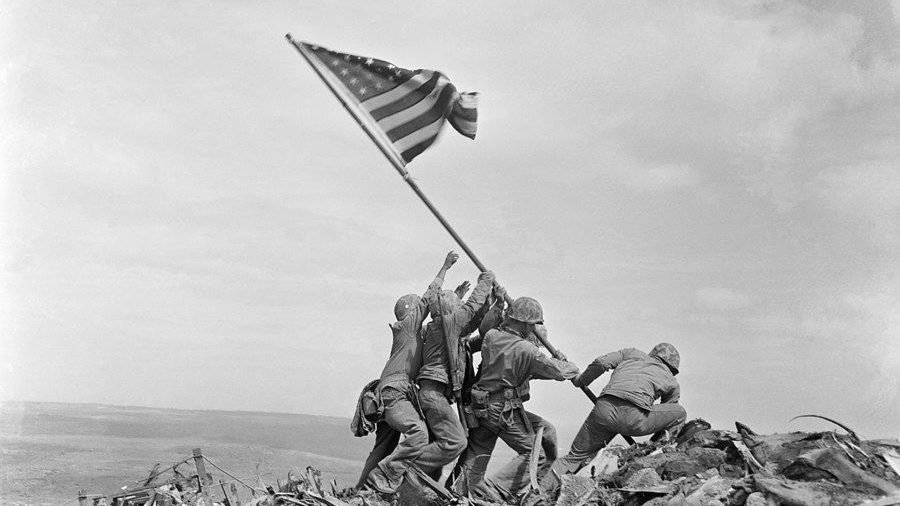The activities in this section are arranged into two groups that reflect the
meanings of history as story and time. Each group is preceded by a review
of three elements of story and time from the perspective of history. The
review is meant to give you information that can support your conversations with your child as you do the activities.
For each activity, you’ll see a grade span—from preschool through grade
5—that suggests when children might be ready to try it. Of course,
children don’t always become interested in or learn the same things at the
same time. And they don’t suddenly stop enjoying one thing and start
enjoying another just because they are a little older. You’re the best judge
of which activity your child is ready to try. For example, you may find
that an activity listed for children in grades 1 or 2 works well with your
preschooler. On the other hand, you might discover that the same activity
may not interest your child until he is in grade 3 or 4.
In a box at the end of each activity, you’ll find questions to ask your child
about some part of the activity. These questions help your child develop
the critical thinking skills he’ll need to participate well in society, learn
history and learn from history.
When you choose or begin an activity, keep in mind that the reason for
doing it is to help your child learn something about history. Whatever the
specific purpose of the activity, make sure that it’s clear to your child. The
information in the introduction and the questions for each activity can
help you do this. After you complete each activity, discuss with your child
what they learned. For example, making bread is one thing, recognizing
bread’s historical meaning is another. An added bonus: achieving a goal
you set together at the beginning of an activity gives your child the
pleasure of a completed project The materials you need for these activities are found around most homes.
Before starting the activities,
give your child a notebook—a history log—in
which he can record his own ideas and opinions about each activity. If
your child can’t yet write, encourage him to draw pictures of what he
sees, or tell you what to write for him. In addition, you may want to keep
a camera nearby so that your child can include photographs in his history
log. You may also wish to have him decorate and label a shoebox to use
for keeping history-related items and project materials.
Finally, feel free to make changes in any activity—shorten or lengthen it—
to suit your child’s interests and attention span.
We hope that you and your child enjoy the activities and that they inspire
you to think of additional activities of your own. Let’s get started!
History as Story
The essential elements of history as story are records, narration and evidence.
Records
History is a permanent written record of the
past. In more recent times, history is also
recorded on film, video, audiotape and
through digital technology. You might tell
your child that the time before we had any
way to record events is called prehistory. It
was in prehistorical times that dinosaurs
walked the Earth. She should also know that
before written languages were invented, humans told stories as a way to
preserve their identity and important events in their lives. Over time,
however, the stories changed as details were forgotten or altered to fit anew situation. Written languages allowed people to keep more accurate
records of who they were and what they did so this information could be
passed down from generation to generation.
Narration
Narration is storytelling, a way that people interpret events. History, with
its facts and evidence, is also an interpretation of the past. George
Washington, in his Farewell Address in 1796, said: “Though in reviewing
the incidents of my administration I am unconscious of intentional error, I
am nevertheless too sensible of my defects not to think it probable that I
may have committed many errors.” Your child needs to be aware that
events can have more than one cause and can produce more than one
effect, or outcome, and that there is more than one way to look at the
relationship between cause and effect.
Evidence
All good histories are based on evidence. Your child needs to learn the
importance of evidence, and she needs the critical thinking skills to evaluate
historical accounts and to determine whether the they are based on solid
evidence or rely too heavily on personal interpretation and opinion.
Listen My Children
Preschool–Grade 1
A great way for young children to develop an interest in history is for parents
to make books with history themes a part of their reading-aloud routines


